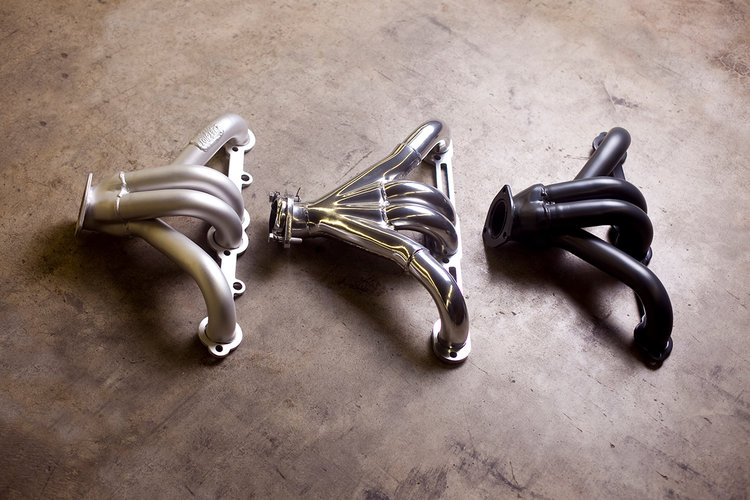gnyce
Site Supporter
- Joined
- Nov 29, 2015
- Messages
- 334
- Reaction score
- 191
- Points
- 43
- Location
- north of Philadelphia PA, US
I've wondered about this as well - and don't really understand how it works. Doing a cursory search, Jet-hot (not a disinterested party) claims that exhaust gases contain quite a bit of the heat, and that ceramic-coating your headers helps the gases maintain their heat as they are cycled through/out the exhaust system - thus, a cooler exhaust system does not transfer heat to other areas of your cycle. No idea if this is true.Re the ceramic headers- maybe my logic is flawed but if the outside is cool to touch it means that the ceramic coat acts as an insulator, maintaining hotter temperatures inside the header and exhaust ports. Maybe the actual negative effects are minimal, but regardless...

Jet-Hot Ceramic Coatings — Jet-Hot
Why Ceramic Coatings are best for restoration and upgrading your exhaust
IMPROVE HEAT TOLERANCE
Exhaust gas contains a lot of heat when it leaves the engine cylinders. In fact, both the catalytic converter and the exhaust system as a whole depend on this heat to function properly. The problem is basic headers aren’t especially proficient at retaining exhaust heat. Headers are pipe-like in design, meaning the walls are very thin. This leaves them vulnerable to both heat emission and damage from higher temperatures.
Ceramic is naturally heat resistant, making it capable of withstanding high temperatures. Different coatings are rated to different heat levels, depending on the intended application, and each coating drastically improves the durability of the header.
PROTECT OTHER PARTS
Stock manifolds, as mentioned above, are better at retaining heat in the exhaust system. This is a functionality that’s lost when switching to basic headers as their thin pipes have a tendency to leak more heat into the surrounding engine compartment. Leaked heat raises under-hood temperatures and can cause serious damage to other parts, decreasing their functionality or destroying them entirely.
Just as the heat resistance of the ceramic coating protects the header itself, it also restricts heat emissions and lowers the under-hood temperature. This means it protects vulnerable plastic and electronic parts that weren’t meant to endure the heat levels produced by exhaust gases.
By slowing the transfer of heat from the gas to the air outside the pipe, ceramic coated headers better protect your entire vehicle.
